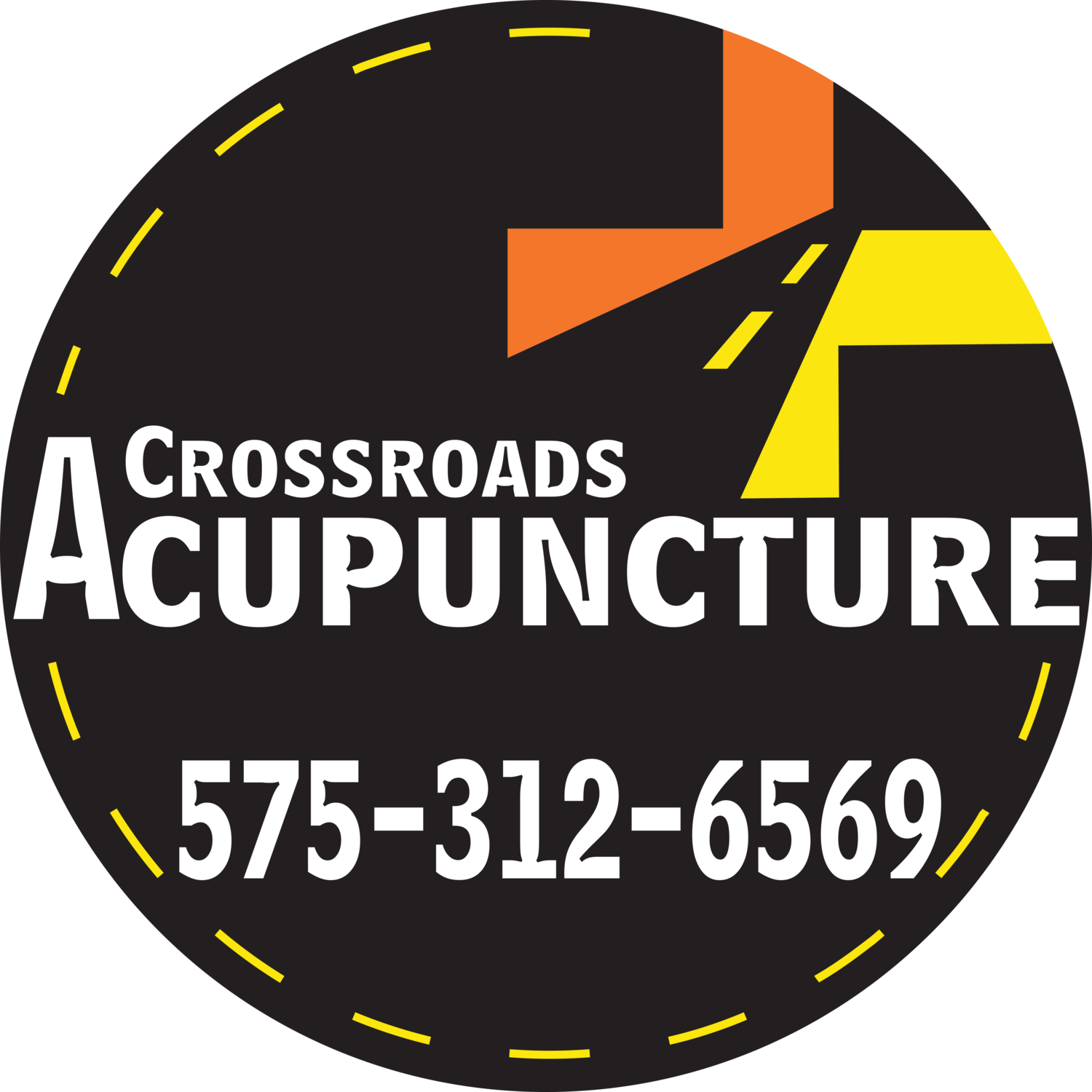Ear acupunture for the masses, ryan. Bemis
By Ryan Bemis, Director of Crossroads Community Acupuncture (Originally published on AcuTake, November 2012. Reprinted with permission.)
Acupuncture is becoming more accessible—one ear at a time.
Ear acupuncture, also known as auricular acupuncture, is the most widely used form of acupuncture within Western health settings in the United States and Europe.
This is due in part to the fact that some ear acupuncture protocols can be performed by non-acupuncturists. Standardized ear protocols are safely taught to existing healthcare workers who can easily integrate them as part of their clinical practice within hospitals, and mental health and addiction clinics. In the military, personnel are trained in ear acupuncture protocols to address pain and trauma symptoms in soldiers.
Perhaps the most established model of ear acupuncture today is a protocol known as NADA.
What Is NADA and What Is It Used For?
NADA stands for National Acupuncture Detoxification Association. This is a non-profit organization that was established to support the uptake of the ear acupuncture protocol that now bears its name.
The protocol itself was created back in the 1970s, by a psychiatrist named Michael Smith, at Lincoln Hospital in the Bronx section of New York City. Smith, alongside other physicians and community activists, modified an ear protocol used in China for pain relief and opiate withdrawal to develop the NADA protocol.
The NADA model of care originally was designed to aid the detox process for heroin and methadone addicts. But over the past three decades, the five-point protocol has been adapted for use in a variety of community health settings. In addition to aiding addiction recovery, the NADA protocol is used to support smoking cessation, weight loss, and generalized stress and anxiety. Psychiatric programs use the NADA protocol to help people who are coming off medications.
Why Those Five Points?
The NADA protocol—also sometimes referred to as the “acu detox” protocol—consists of five acupuncture points in each ear: Shen Men, Sympathetic, Kidney, Liver and Lung.
The Shen Men and Sympathetic points calm the recipient. The Kidney point addresses fear. Liver detoxifies and unblocks stuck energy, be it emotional or physical. Finally, the Lung point helps people let go.
As a protocol, this combination of points is a superb de-stressor for almost any individual. But as a model, NADA has an even greater impact because it empowers communities. Since these five points can be safely taught to local personnel, providers are able to directly influence the health and wellness of their own communities. For example, there are thousands of NADA-trained community workers in the New York area. After the recent Hurricane Sandy, these providers have been able to offer treatments to traumatized citizens and other relief workers.
NADA is a cost-effective—less than 50 cents for five needles in each ear—and drug-free method of healing for the masses.
Did You Say That Non-Acupuncturists Can Give People NADA?
Yes. In a clinic, hospital or community center, the person administering the NADA protocol is not necessarily a licensed acupuncturist. He or she might be a therapist, nurse, drug counselor or other community worker who took NADA’s training course.
Since the founding of the NADA organization in 1985, over 25,000 people throughout the world have been trained to perform the NADA protocol. Clinics offering the protocol exist today in over 40 countries. In the United Kingdom, nearly 90 percent of prisons offer the NADA protocol to inmates as a method of reducing violence.
Do Acupuncturists Also Perform NADA?
Many licensed acupuncturists use the NADA protocol in their private practices. Sometimes a person comes for acupuncture feeling very stressed. The NADA protocol often is the first thing an acupuncturist will do to help that person calm down.
Acupuncturists also use the technique when working in disaster-relief or recovery settings, in places where performing an intake and thorough diagnosis is impractical or culturally inappropriate. NADA Registered Trainers—the people who train non-acupuncturists on how to perform NADA—are licensed acupuncturists as well.
What Is a Typical NADA Treatment Like?
The NADA protocol requires no diagnosis for effective treatment. Unlike a private acupuncture session, where the practitioner spends a lot of one-on-one time with the patient, the NADA protocol is performed quickly, in a group setting.
A group receiving NADA treatments sits in silence while the practitioner walks around the room inserting the same five points into each person’s two ears. There is often a calming, almost meditative energy in these settings. The quiet group experience can be a profound addition to recovery programs, where talk therapies are emphasized.
In some health settings, the NADA protocol is available for anyone seeking help, regardless of his or her ability to pay. Many acupuncture clinics offer ear acupuncture treatments at a lower rate than full-body treatments.
How Can I Get a NADA Treatment?
To find a program or practitioner near you that offers the NADA protocol, email NADA at nadaoffice@acudetox.com or call them at (888) 765-6232. If you’re interested in receiving assistance with public policy issues for expanding NADA services in your region, email advocacyfornada@gmail.com.
Ryan Bemis works as an acupuncturist, NADA trainer and NADA supervisor in the U.S./Mexican border region. He is founder of Crossroads Community Acupuncture in Las Cruces, New Mexico and the NADA Border Project in Ciudad Juarez, Mexico. He is also a contributing writer and editor for Guidepoints, NADA’s bimonthly publication.
